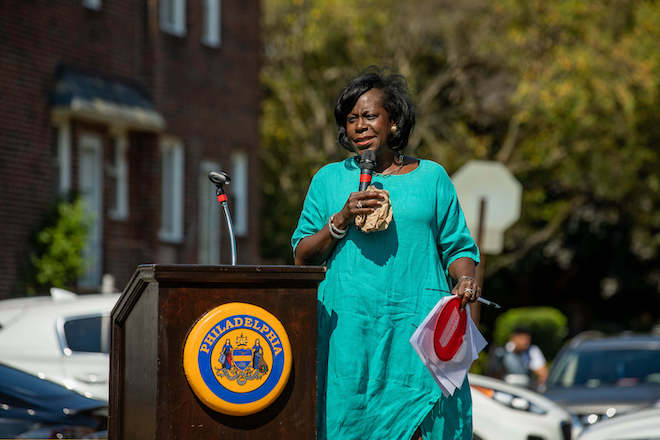The silent theft of homes in PA has hit a boiling point. Deed fraud—where criminals forge signatures and file fake property transfers—has quietly robbed families of homes they’ve owned for decades.
Now, Philadelphia has rolled out the nation’s first real-time deed fraud prevention system, a move that changes the game not just for the city, but for every notary in the Commonwealth.
This isn’t just another policy update. It’s a warning shot. If you’re a notary, your role is now under more scrutiny than ever.
Why Philly Took Action
Deed fraud isn’t some rare, one-off crime. It’s systematic.
- 111 cases were confirmed in Philly this year alone—and experts believe the true number is far higher.
- Criminals prey on elderly homeowners, heirs, and vacant property owners.
- Once recorded, fraudulent deeds can take years—and thousands in legal fees—to unwind.
The city finally recognized the obvious: the old “record first, investigate later” system wasn’t working.
How the New Fraud Firewall Works
Philadelphia’s system is designed to block fraud before it ever hits the public record:
- Death Record Checks: Deeds are automatically cross-referenced with death records in real time. If the supposed seller is deceased, the filing is blocked.
- Pre-Recording Scrutiny: Instead of rubber-stamping and filing first, deeds are now verified up front. Fraudulent ones never see daylight.
- Pattern Recognition: The system flags unusual filings—like rapid-fire property transfers or suspicious grantee relationships—before they slip through.
This is prevention, not cleanup. And it puts your notarization at the center of the defense line.
What This Means for You as a Notary
The city’s technology may be strong, but it’s not a substitute for your judgment at the signing table. In fact, it raises the stakes:
- Identity Verification Must Be Ironclad. Scrutinize IDs for authenticity. Don’t rush the process.
- Watch for Vulnerability. If a signer seems confused, coerced, or unaware of what they’re signing, that’s a red flag.
- Journal Like a Pro. A complete, detailed entry may be your best defense if a transaction you notarized is ever flagged.
- Refuse When Necessary. You have the right—and the duty—to walk away if something feels off.
Bottom line: your notary seal isn’t just a stamp. It’s a safeguard against one of the most costly property crimes in the state.
The Bigger Picture
Philadelphia may be the first, but other PA counties are watching. Don’t be surprised if deed verification systems like this spread across the Commonwealth.
That means expectations for notaries are rising statewide. Those who adapt—by sharpening fraud awareness, documenting meticulously, and positioning themselves as professionals—will be the ones title companies and lenders want to work with.
The others? They’ll be left behind.
Takeaway
This isn’t just about Philadelphia. It’s about the future of notarial practice in PA. If you want to stay relevant (and stay paid), start elevating your fraud prevention standards now.
Your notary commission isn’t just paperwork authority—it’s frontline defense in the fight against deed theft.
The PA Notary takes you from commission to cashflow.


